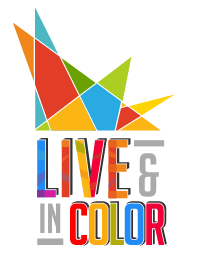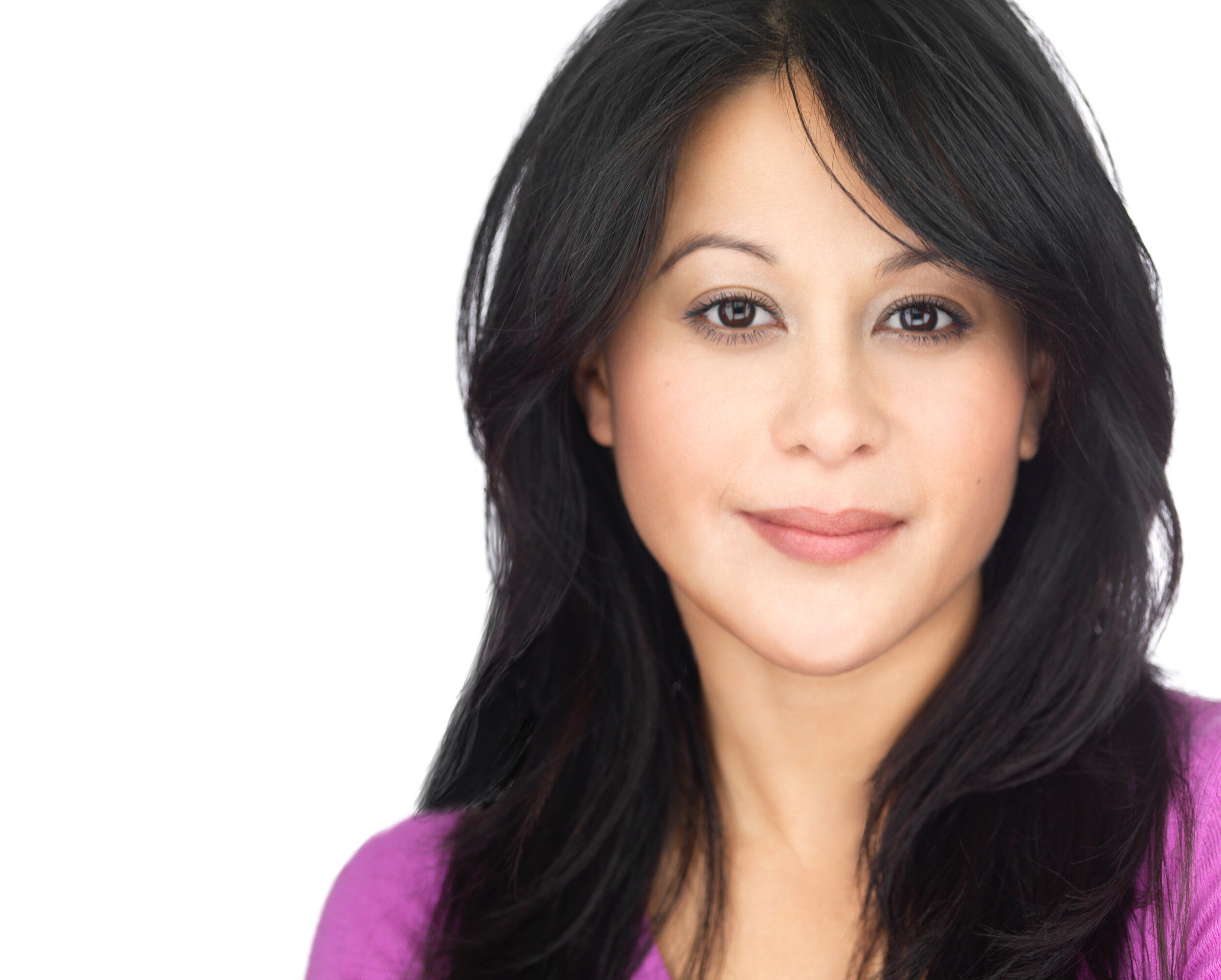Diversity and Inclusion in Creative Teams
By Veronica Reyes-How
It’s such an honor to be asked to write for this blog. Dev Janki was the first person to ask me to step into an assistant director role and opened my eyes to the larger career I could have in the arts, beyond fulfilling my dream of becoming a working actress. I’ll be forever grateful.
There are so many topics I’d love to write about, but there’s one that seems to be on my mind having just finished up the project last month.
Dev was also the first person to impress upon me the importance of bringing diversity to not only the cast, but also the creative team. It’s one thing to achieve minority representation in a production, but it’s a game changer when the decision makers - directors, producers, etc - in the room are also diverse. And I didn’t really take that into account before. It’s a funny thing when progress is being made. Sometimes, you’re just grateful for the small changes that seem to be implemented that you can miss the bigger picture.
I couldn’t be reminded of that more than on my last project. It was a documentary play that was focused on four characters whose conversation was recorded at a dinner discussing issues of race, social justice and inequality. This theatre company that makes documentary plays was commissioned by the University of Maryland to gather four people associated with the University and create a play from their dialogue. All four characters came from different backgrounds - you had two people of color and two white people. There was an even male/female balance although the men in the room were authority figures, while the women were both students. After the conversation was recorded, the creative team then goes back and writes a play trimmed from the five hour dialogue that occurred that night.
When I came into the picture, they had already put up a workshop version of this play and received feedback from the actual participants that watched actors reenact their conversations that there was a racial bias. The entire creative team was white. So on our first day of rehearsal, they brought in a dramaturg who was a woman of color to sit in our first read through. Part of her feedback was that it was the woman of color that spoke the least amount in this play. My character, Maria, was the least represented.
This well meaning creative team swiftly responded saying that she didn’t talk much that night - she was tired and she didn’t talk as much as the other participants. Fair, I thought. It IS a documentary play - if she didn’t talk much, she didn’t talk much. We can’t really adjust or change that. But after a morning of questions and thoughtful discussion by myself and our female director, one of the writers did some digging back into the archives of the play. From that exploration, it turned out we discovered a one page monologue that was defining for Maria as the character, pivotal to the play, absolutely necessary for the story, and had been cut. It's hard to imagine how such an important moment could have been removed from the script in the first place.
Let me go back and highlight a few things. It's no small feat for the three writers of this play to pull from five hours of dialogue and create a cohesive narrative. But they’re creating a play to explore racism, social justice and inequalities - and the entire team is white. One woman and two men. When they received feedback that they had a racial bias - they took steps to help ameliorate the situation. The loudest voice of dissent came from the participant who was an administrator and a Black male who held a doctorate as a racial identity theorist. The script was their actual words - an African American administrator at the University of Maryland, a female, Hispanic college senior activist, a white female Freshman who was a College Republican, and a white middle aged college professor. It was pulled from the conversations they had over five hours and yet the way it was shaped and crafted STILL had a racial bias because of the team's bias and racial blind spots.
I was naive to think, “Well it’s a documentary play, the words and the characters will be represented well because it’s their actual words and the events that took place in a night.” However, the writers will choose what gets cut and what gets added and what gets amplified and what gets diminished. And in performance, the director also will shape how the story is told. And without someone in the room to speak to issues of injustice, race, imbalance and bias - the stories can be skewed in a way that is not honoring, even when it’s the actual words representing a character in a documentary play. I stress that because how much worse does it become when it’s a narrative and much more subjective?
Bottomline - even with diversity and inclusion becoming more common and often discussed - we still need the representation on the creative team end so that our stories are told with authenticity, and with an eye on racial bias. And the most well meaning creative team won’t be able to do that when the entire creative team consists of only white people.
Veronica Reyes-How has had the joy of acting, directing and writing as her career as long as she has been in NYC. Directing credits: Theatreworks USA’s Nat’l Tours - Martha Speaks: Director/Choreographer, FlyGuy: Director, Skippy Jon Jones: Assoc. Director. Shadow Director, ABC Diversity Showcase. Barrow Group’s Summer Play Series 2015: Director. Acting Credits: Blue Bloods, Blacklist, Person of Interest, ABC’s Pilot Alex Inc, Rent Nat’l Tour, Miss Saigon Nat’l Tour, Spelling Bee Nat’l Tour, Nat’l Commercials for Tylenol, Verizon, Kraft Cheese, Chef Boyardee, etc. Love to Brad, Fergus and my parents.

